Exploring Japan’s hot spring culture is a unique opportunity to take in the country’s rich traditions and practices. From the meticulous pre-soak rituals to the serene communal atmosphere, the onsen experience offers a glimpse into the refined etiquette that has been passed down through generations. As visitors step into the mineral-infused waters, they’ll not only rejuvenate their bodies but also deepen their understanding of Japan’s enduring dedication to harmony, mindfulness, and the art of relaxation. The journey through this time-honored tradition promises to leave a lasting impression on all who venture to uncover its captivating secrets.
Good To Know
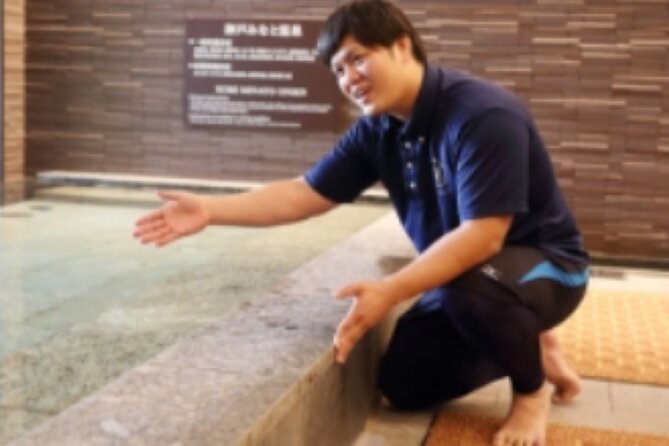
-
Immerse in the therapeutic hot springs of Japan, where mineral-rich waters from volcanic activity promote relaxation and alleviate ailments.
-
Observe traditional onsen etiquette, such as thorough washing before entering the communal bath and avoiding soap or swimwear, to enhance the cultural experience.
-
Explore the charming town of Funaoka, featuring well-preserved ryokans and traditional shops, to gain a deeper understanding of Japan’s hot spring traditions.
-
Engage with onsen guides to learn the history and significance of purification rituals in natural waters, fostering appreciation for Japanese cultural heritage.
-
Time visits to avoid peak hours and pair onsen visits with traditional ryokan stays to maximize the tranquil and rejuvenating effects of the hot spring experience.
Overview of Japanese Hot Spring Culture
For centuries, Japan has embraced the rich cultural tradition of onsen – natural hot springs that dot the archipelago.
These therapeutic mineral baths are deeply ingrained in the Japanese lifestyle, offering a chance to relax, socialize, and appreciate the beauty of the natural environment.
Onsen have long been revered for their medicinal properties, with each spring boasting unique mineral compositions that are believed to provide various health benefits.
Beyond their physical allure, these hot springs hold profound cultural significance, serving as hubs for community gatherings, ceremonies, and the preservation of traditional bathing rituals.
Visiting an onsen offers travelers a glimpse into the enduring traditions that shape Japan’s unique cultural identity.
Here are more great tours and experiences we've reviewed in Kyoto
Preparing for the Onsen Experience
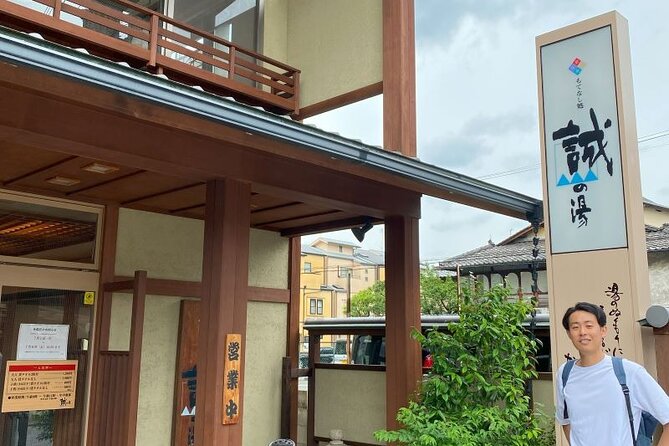
Visiting an onsen, or traditional Japanese hot spring, requires some preparation to ensure a comfortable and respectful experience.
First, guests should familiarize themselves with onsen etiquette – this includes washing thoroughly before entering the bath, never submerging one’s head, and avoiding soap or shampoo in the water.
Modesty is also key, so guests should wear a simple yukata robe provided by the onsen.
Plus, visitors should check if the onsen has any gender-separated or private bathing areas.
Finally, it’s important to hydrate well and avoid alcohol, as the hot water can cause dizziness.
With these tips in mind, travelers can fully enjoy Japan’s revered hot spring culture.
Proper Onsen Etiquette and Customs
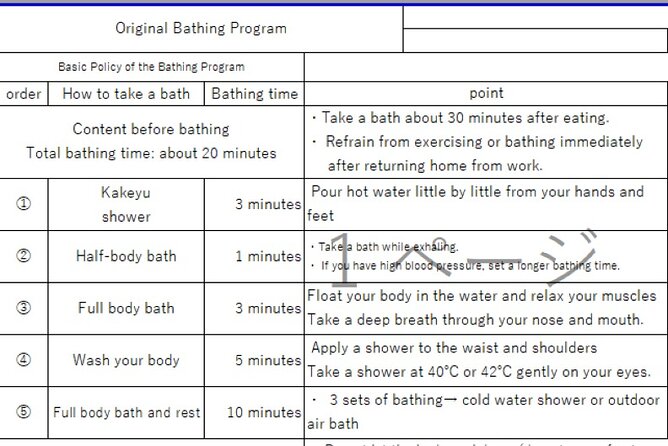
Upon entering an onsen, guests must adhere to the traditional customs and etiquette to fully enjoy the experience.
Proper onsen etiquette includes thoroughly washing and rinsing before entering the hot spring, avoiding soap or shampoo in the communal bathing areas, and not wearing swimwear.
Guests should also be mindful of noise levels, avoid splashing, and maintain a respectful demeanor.
It’s customary to tuck long hair into a towel and avoid fully submerging the head.
Adherence to these traditions showcases respect for the onsen experience and allows all guests to enjoy the relaxing atmosphere.
Taking in the Therapeutic Hot Springs
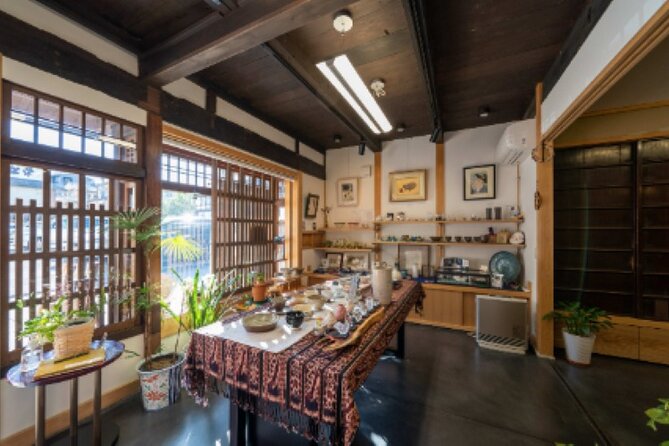
Guests soak up the therapeutic benefits of Funaoka Onsen’s mineral-rich waters, which are believed to alleviate various ailments.
The onsen’s natural hot springs are fed by volcanic activity, resulting in a high concentration of minerals like sulfur and iron. Soaking in these waters is thought to improve circulation, reduce inflammation, and relax the body and mind.
Visitors can enjoy the tranquil atmosphere and take in stunning views of the surrounding gardens. The experience is further enhanced by the opportunity to embrace Japan’s time-honored bathing traditions, fostering a deeper appreciation for the country’s rich cultural heritage.
Experiencing Traditional Japanese Relaxation Rituals
Travelers partake in Japan’s time-honored bathing rituals, seeing the serene atmosphere of Funaoka Onsen. They experience a profound sense of tranquility as they:
-
Purify themselves in the soothing natural waters, allowing the therapeutic properties to soothe both mind and body.
-
Observe traditional customs, such as the meticulous washing and rinsing process, to fully appreciate the cultural significance of the experience.
-
Engage with knowledgeable guides who share insights into the history and etiquette of onsen visits, enhancing the culture.
-
Emerge feeling refreshed, rejuvenated, and imbued with a deeper understanding of Japan’s cherished hot spring traditions.
Exploring the Charming Town of Funaoka
Wandering through the streets of Funaoka reveals a charming town steeped in history and tradition. Nestled in the heart of Kyoto, Funaoka boasts well-preserved ryokans, traditional shops, and quaint alleyways that transport visitors to a bygone era.
The town’s picturesque natural setting, with the nearby Funaokasan mountain and the soothing sounds of the Kamo River, creates an atmosphere of tranquility and serenity. As one of the few remaining areas in Kyoto untouched by modern development, Funaoka offers a glimpse into the authentic Japanese way of life, where visitors can enjoy the rich cultural heritage and the soothing embrace of the town’s renowned hot springs.
Practical Tips for a Memorable Onsen Visit
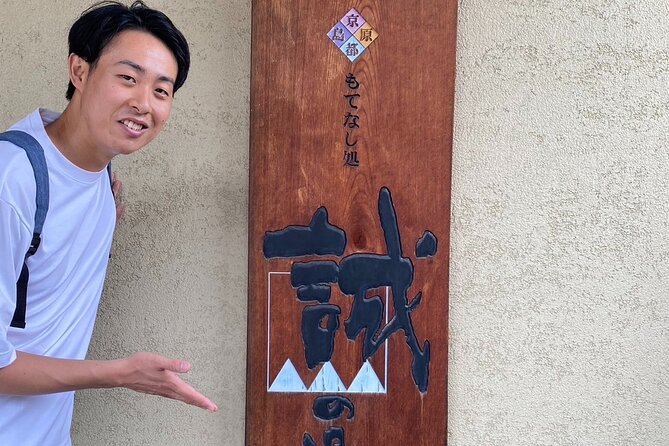
How can one ensure a truly memorable onsen experience in Japan? From preparing for the onsen etiquette to understanding the cultural significance, a few practical tips can elevate your visit.
-
Familiarize yourself with bathing customs, such as thoroughly washing before entering the pools and avoiding putting your towel in the water.
-
Embrace the tranquility by silently enjoying the soothing warmth and breathtaking views.
-
Respect the sense of community by engaging in quiet conversation and avoiding disruptive behaviors.
-
Maximize relaxation by timing your visit to avoid peak hours and pairing it with a traditional ryokan stay.
Following these guidelines will help you immerse in Japan’s centuries-old hot spring culture with reverence and appreciation.
Sum Up
Experiencing Japan’s hot spring culture is a truly immersive journey. Soaking in mineral-rich waters, following age-old customs, and embracing the tranquility create a memorable escape into the country’s rich heritage. Whether enjoying the therapeutic benefits or exploring the charming surroundings, visitors are sure to leave with a deeper appreciation for this unique aspect of Japanese tradition.
More Spa & Hot Springs in Kyoto
More Tour Reviews in Kyoto
- The Art of Geisha: Exclusive Show & Traditional Japanese Game
- Tea Ceremony With Kimono and Professional Photoshoot in Kyoto
- Kyoto Arashiyama Bamboo Forest Hidden Hiking Tour
- Kyoto Early Morning Walking Tour: Nature & History
- Small-Group Dinner Experience in Kyoto With Maiko and Geisha
- Private Kyoto Night Tour: Historic Walk at Gion and Fushimi
Not for you? Here's more things to do in Kyoto we have recnetly reviewed
- 5 Best Cruises And Boat Tours In Kyoto
- 14 Best Dining Experiences In Kyoto
- 20 Best Full-Day Tours In Kyoto
- 5 Best 2 Day Tours In Kyoto
- 2 Best 4 Day Tours In Kyoto
- 20 Best Photography Experiences In Kyoto
- 13 Best Dinner Tours In Kyoto
- 25 Best Food Tours In Kyoto
- 14 Best Lunch Experiences In Kyoto
- Kyoto Bus Tour: Iconic KInkakuji, Ginkakuji, Kiyomizu Temple (AW)
- Kyoto Bus Tour: Arashiyama, Kinkaku-ji Review
- Gyoza Cooking Class in Kyoto: Traditional Japanese Dumplings
